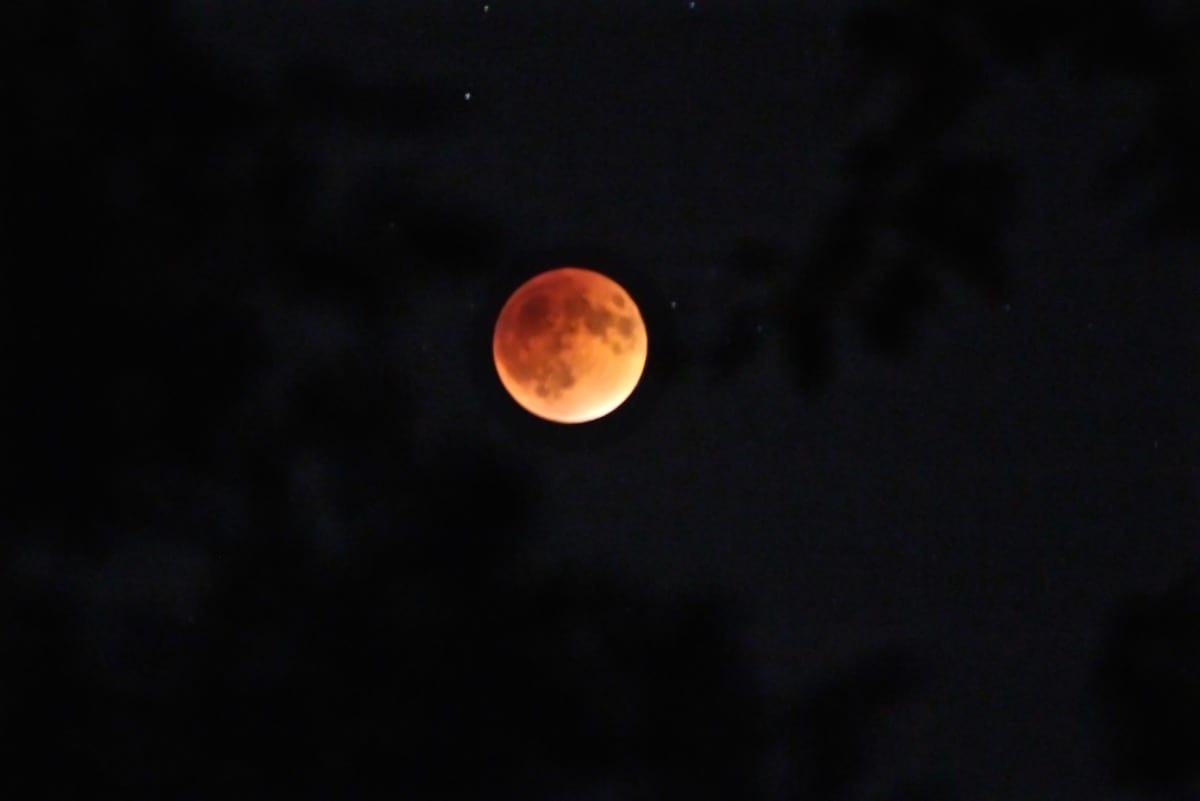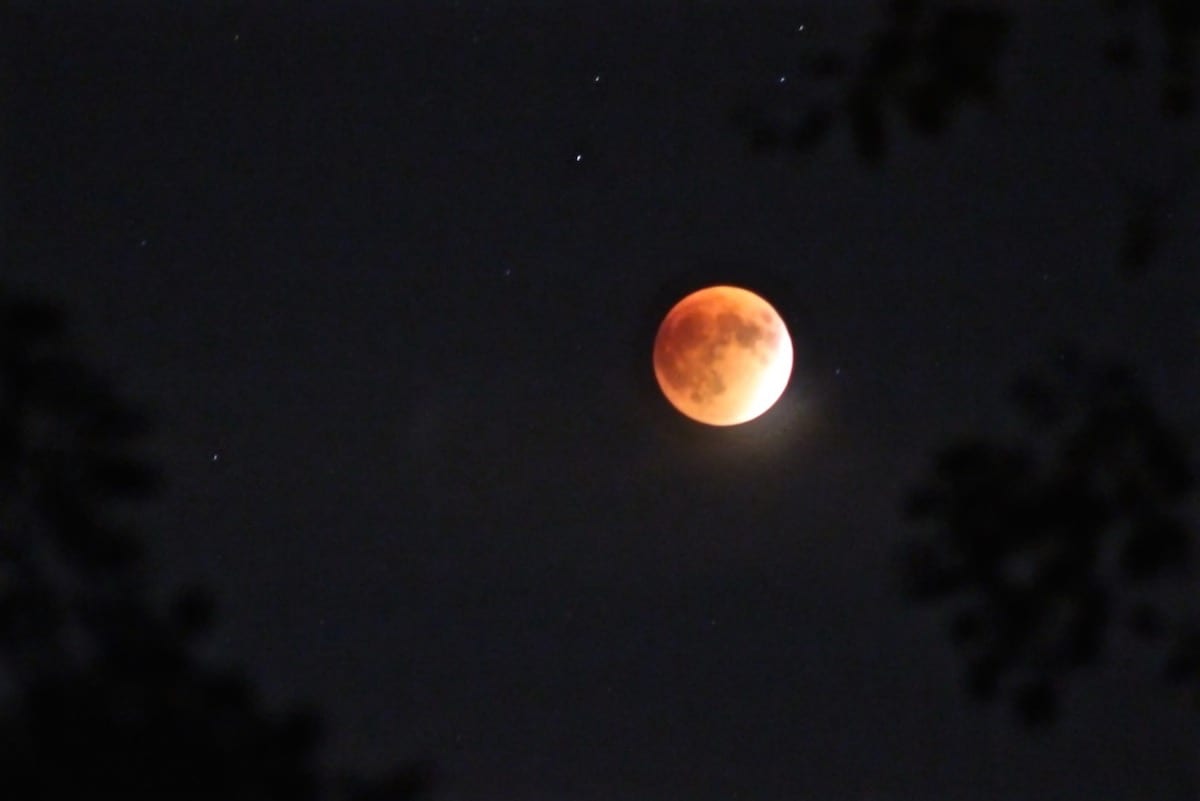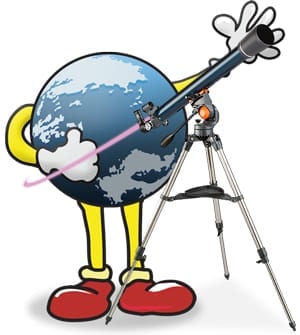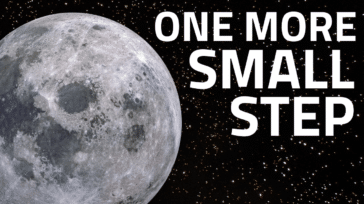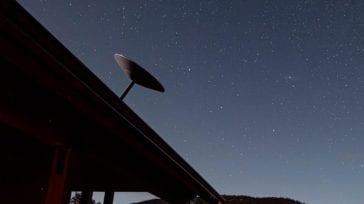The Rocket Yard loves everything to do with space, so when there’s an astronomical event coming up that’s out of this world, we want you to know about it. This Sunday, September 27, 2015, people all around the world will be treated to a rare event called a “supermoon lunar eclipse”. It sounds impressive, and it is!
First, let’s talk about a total lunar eclipse. This occurs when the Earth slides between the Sun and the moon, and the Earth’s shadow completely covers the moon. On Sunday, moon will drift into the Earth’s shadow starting at 8:11 PM ET, with the total eclipse beginning at 10:11 PM ET and reaching its maximum at 10:47 PM ET.
One of the amazing things about total lunar eclipses is that when the moon passes into the darkest part of the Earth’s shadow — the umbra — the sunlight reflected and refracted by the Earth’s atmosphere can make the moon change in color from its usual white and grey hue to anything from a subtle gold to a deep blood red. Impressive? Yes, and it makes it definitely worth trying to see a lunar eclipse if the weather permits.
So, what’s this “supermoon” thing all about? Well, the moon’s orbit around the Earth is not a perfect circle, but an ellipse. When the moon is at its closest part of its orbit — the perigee — it’s about 31,000 miles closer to Earth than when it’s at its apogee (the furthest point away from Earth).
A supermoon occurs when the moon reaches perigee at the same time that we on Earth see a full or new moon. In this particular situation, the moon appears to be 14 percent larger and 30 percent brighter in the sky than it does when it is at apogee.
So an eclipse that occurs during a supermoon is extremely rare — in fact, it’s only happened five times since 1900 (in 1910, 1928, 1946, 1964 and 1982). The next supermoon eclipse won’t happen until 2033.
If you happen to take a photo of the supermoon eclipse on Sunday, please let us know about it — we’d love to see your photos and hear your observations about this rare event. NASA’s Marshall Space Flight Center will be offering a livestream of the eclipse here, so if the weather is cloudy in your locale, at least you may have a chance to watch the action online.
UPDATE: OWC Mike H. was able to capture some photos of lunar eclipse from just north of Austin, Texas:
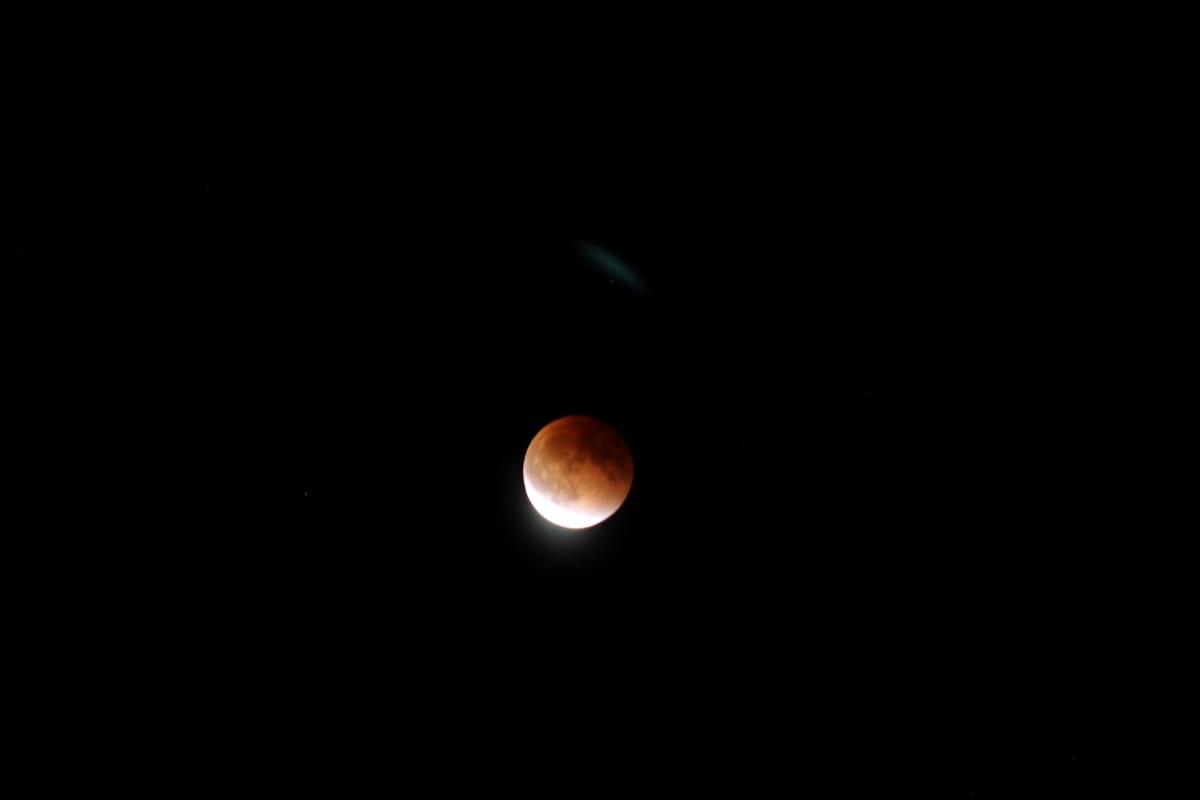
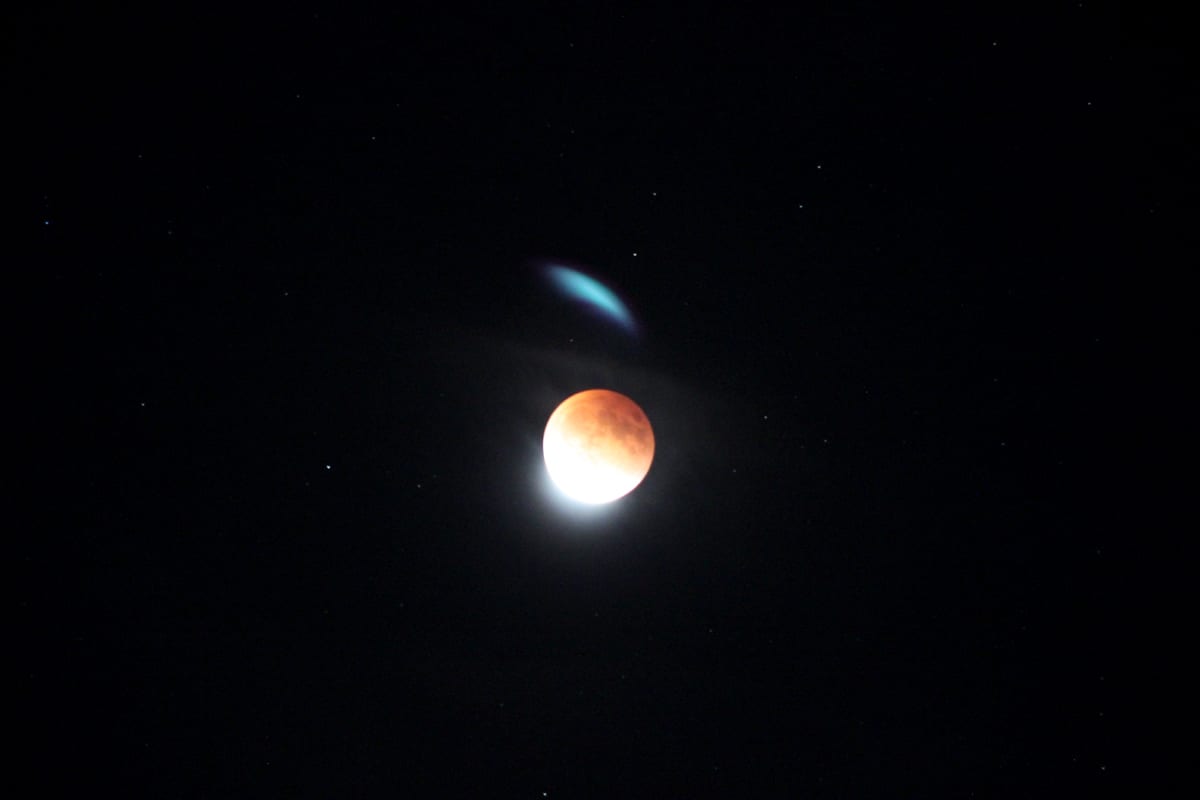
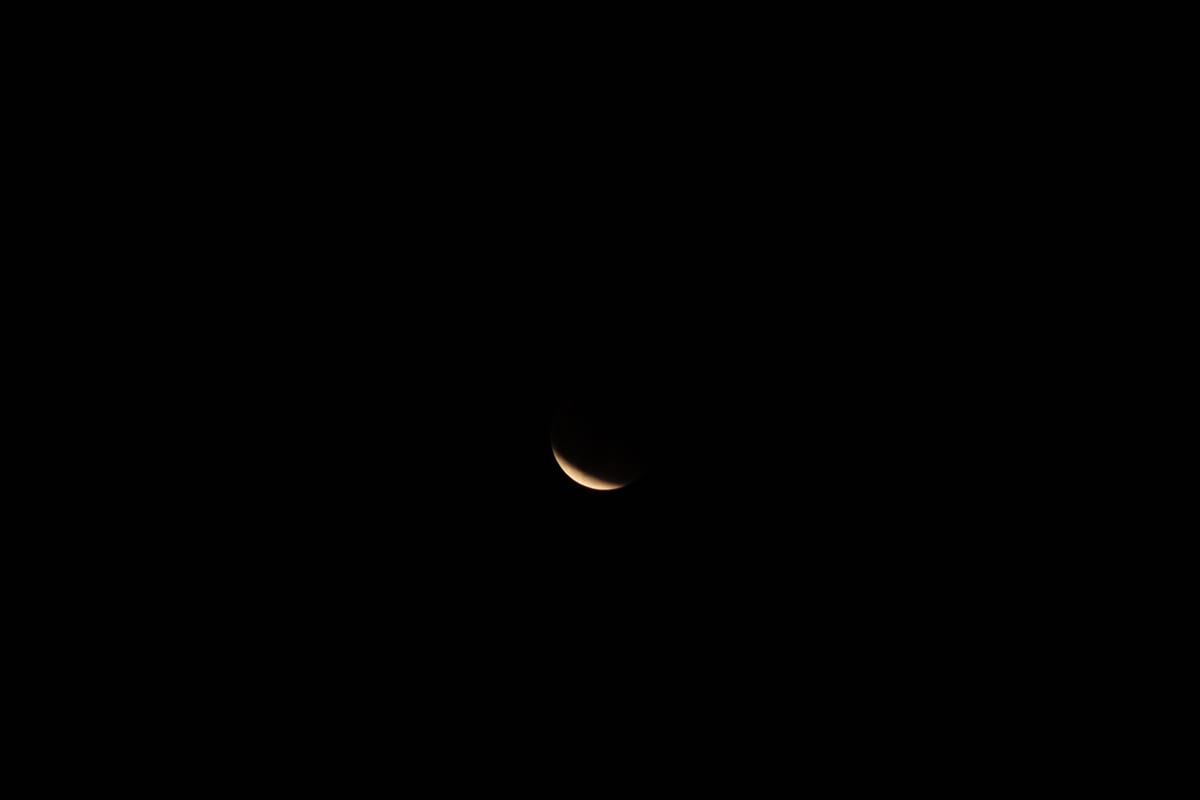
Below are photos from Rocket Yard contributor Steve Sande in Highlands Ranch, Colorado:
